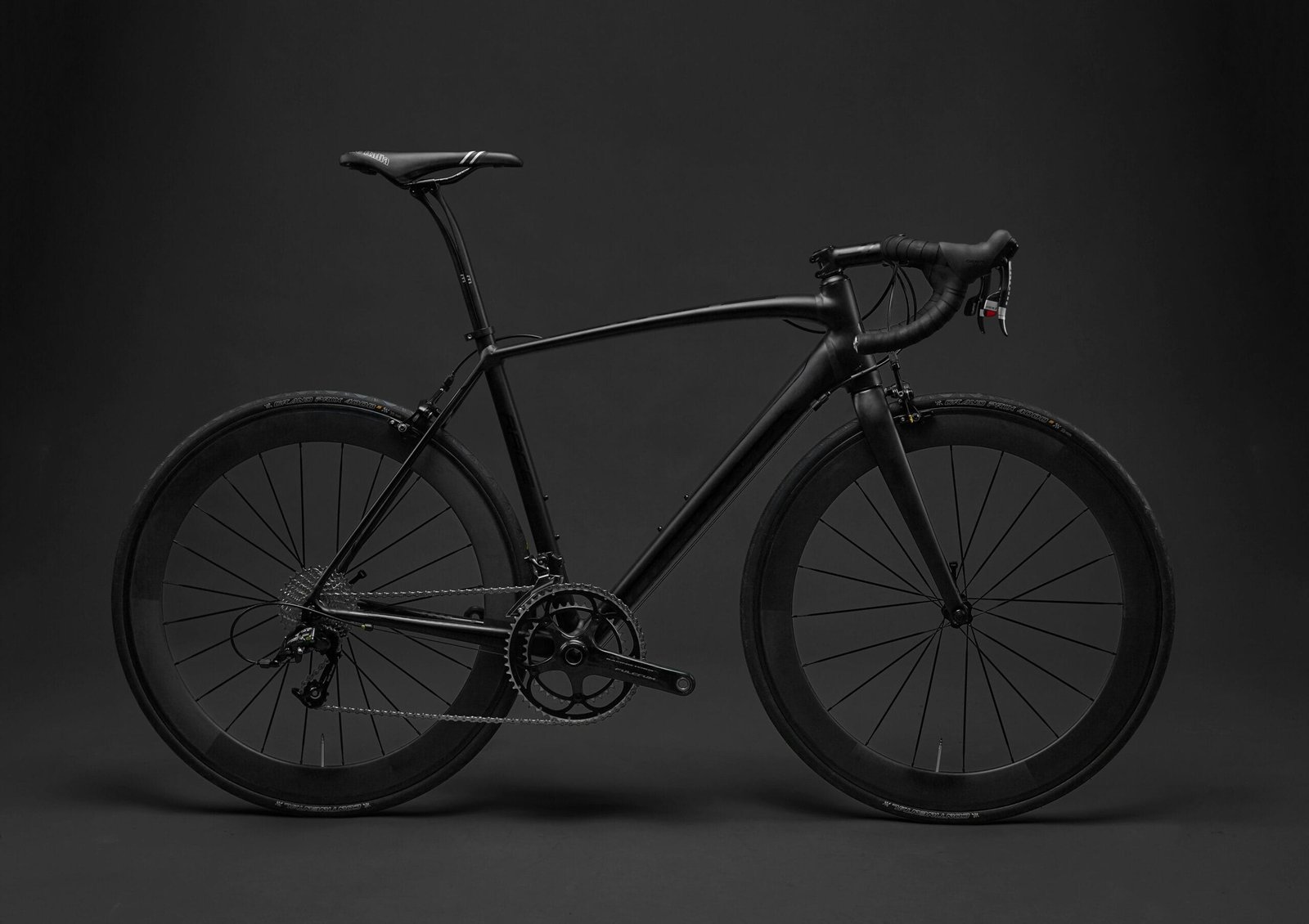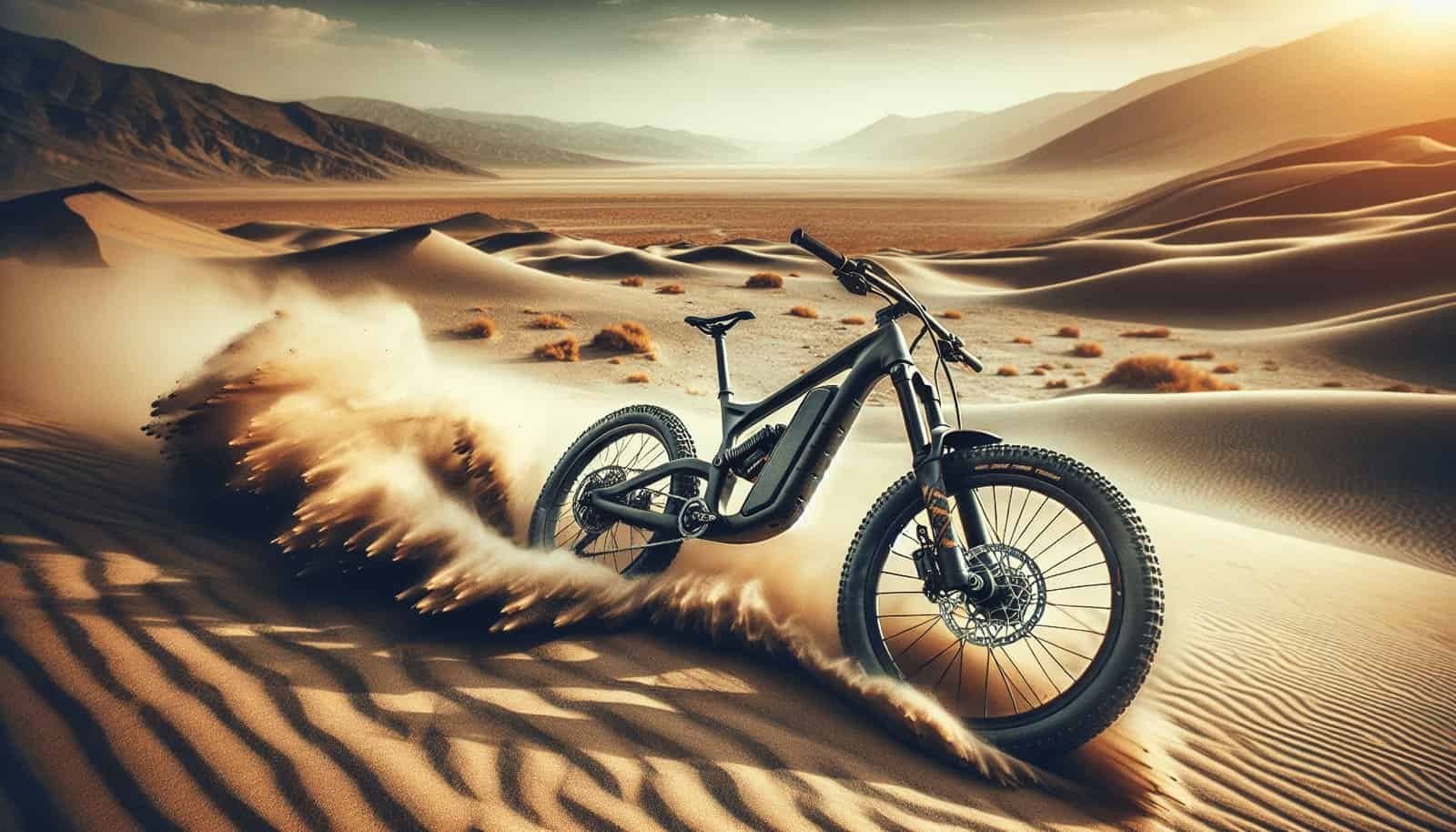Have you ever wondered how well an electric bike might perform on sandy or loose terrain? Imagine the thrill of exploring a sandy beach or navigating a desert trail, all while benefiting from the efficiency and convenience of an e-bike. It’s a thought worth pondering as you think about the adventures and versatility these bikes provide. Understanding how they handle such conditions is crucial for ensuring a smooth and enjoyable ride. Let’s take a closer look at how electric bikes are designed to meet the challenges of sandy and loose surfaces.
Understanding Electric Bikes
Before addressing how they tackle sandy terrains, it’s essential to understand what makes electric bikes unique compared to traditional bicycles. Electric bikes, or e-bikes, essentially incorporate an electric motor that assists with propulsion. They can make cycling more accessible by providing power when most needed, like when climbing hills or traversing challenging terrains.
Components of an Electric Bike
The principal components include the battery, motor, control system, and drivetrain. The battery typically provides the energy required for the motor, while the control system manages the interaction between the rider’s input and the electric motor’s assistance.
Types of Electric Bikes
You will find different types of e-bikes on the market, including commuter bikes, mountain bikes, and fat bikes, each designed with particular functionalities. Mountain and fat bikes are generally more suited for rough or loose terrains due to their robust build and tire design.
Riding on Sandy or Loose Terrain
Sandy and loose terrains come with their unique set of challenges. Unlike firm surfaces, these require different riding techniques and vehicle attributes, including better traction and balance.
Traction and Control
One of the primary challenges of riding on sandy surfaces is maintaining traction and control. Sand can cause wheels to slip, reducing stability. Electric bikes can help here with their motor assistance, which can be adjusted to deliver the appropriate power and meet traction demands.
Types of Sand and Surface Considerations
Not all sandy surfaces are the same. Beach sand tends to be soft and loose, while desert sands can range from packed to loose mounds. These differences require varying riding techniques and bike setups.
Benefits of Motorized Assistance
The electric motor in an e-bike provides valuable assistance, helping you maintain a steady pace even when the ground underfoot is unpredictable. This motorized assistance is particularly beneficial on loose surfaces where physical exertion is considerably higher.

Electric Bike Features Ideal for Sandy Terrains
To efficiently handle sandy or loose terrain, some electric bike features are particularly advantageous. Understanding these features can help you choose or modify your bike for better performance in these conditions.
Tire Size and Type
Wider tires can help distribute weight more evenly, reducing the bike’s tendency to sink into the sand. Fat bikes with extra-wide tires are highly recommended for sandy terrains because they provide better floatation and stability.
| Feature | Advantage on Sandy Terrain |
|---|---|
| Wide Tires | Increases floatation, prevents sinking |
| Low Pressure | Enhances traction and absorption of impacts |
Adjustable Tire Pressure
Adjustable tire pressure is a handy feature. Lowering tire pressure can improve traction and make your ride smoother on sandy terrains by increasing the contact area of the tires.
Powerful Motor
A powerful motor allows you to maintain speed and overcome the added resistance presented by loose sand. When choosing a motor, consider one with higher torque for better performance in demanding conditions.
Frame and Suspension
A sturdy frame and reliable suspension system are vital for maintaining stability and control over bumpy and uneven surfaces. Suspension systems help absorb shocks, providing a more comfortable ride.
Riding Techniques for Sandy or Loose Surfaces
Even with the right equipment, your riding technique can significantly impact how well you maneuver through sandy or loose surfaces.
Maintaining Balance
Balance is crucial on loose surfaces. Stand up slightly as you pedal to allow your body to act as a natural suspension system, helping to absorb bumps and maintain stability.
Steering and Braking
On sandy terrains, it’s essential to steer gently to avoid excess drag. Sudden, sharp turns can lead to slipping and loss of control. Likewise, braking should be applied gradually to avoid skidding.
Pedaling Efficiency
Keep your pedaling smooth and steady. Quick or forceful pedaling can dig your wheels into the sand. The electric motor can assist in maintaining a consistent speed, so use it judiciously to help with efficiency.

Advantages of Electric Bikes in Loose Terrains
Electric bikes provide numerous advantages when tackling sandy or loose terrains, enhancing both the ease and enjoyment of your ride.
Enhanced Accessibility
The motorized assistance allows more people to enjoy off-road adventures without the physical strain typically associated with such activities. This makes remote and challenging locations more accessible.
Eco-Friendly Option
Unlike motorbikes or ATVs, electric bikes offer a quieter, more environmentally friendly way to explore nature, minimizing your carbon footprint and allowing you to enjoy the serenity of your surroundings.
Prolonged Exploration
E-bikes can sustain longer trips on loose terrains due to their motor support, reducing fatigue and allowing you to explore further than you might on a traditional bike.
Challenges and Considerations
While e-bikes offer several advantages in sandy and loose terrains, they also come with specific challenges and considerations you should keep in mind.
Battery Life and Management
Riding on loose surfaces can drain your battery quicker due to increased motor usage. It’s essential to manage power carefully and plan your trips according to your battery range.
Extra Weight
Electric bikes are typically heavier than regular bikes because of their battery and motor. This can make them more cumbersome, especially if you have to carry or push your bike through particularly challenging stretches.
Maintenance
Sand can be abrasive and may cause wear and tear, particularly on moving parts like the chain and gears. Regular maintenance is crucial to keep your e-bike in top condition.

Preparing for an Off-Road Adventure
Preparation is key to a successful off-road adventure. Here are some tips to ensure you’re well-equipped for sandy or loose terrain.
Choosing the Right Bike
Selecting a bike with wide tires, a powerful motor, and robust suspension is essential for tackling loose terrains effectively. Conduct research and consider seeking expert advice to find the best model for your needs.
Equipment and Gear
Ensure you have appropriate gear, including a helmet, gloves, and protective eyewear. Carry a repair kit for minor emergencies and a pump to adjust tire pressure as needed.
Route Planning
Plan your route ahead of time. Familiarize yourself with the terrain, potential obstacles, and rest points. This can help prevent unpleasant surprises and ensure a safer trip.
Practice and Skill Building
Spend time practicing on similar terrains to build your confidence and refine your technique. Understanding how your bike responds on loose surfaces can make a significant difference in your riding experience.
Conclusion
Electric bikes offer a fantastic mode of exploration on sandy and loose terrains, combining the thrill of off-road cycling with the benefits of electric assistance. By understanding the specific features and techniques that enhance performance in these conditions, you can enjoy a safe and satisfying ride. Whether you’re an experienced cyclist or a novice adventurer, the right preparation and equipment can open new paths and adventures, allowing you to experience the world from a fresh perspective on two wheels. So, are you ready to hit the sand and see where the trail takes you?


